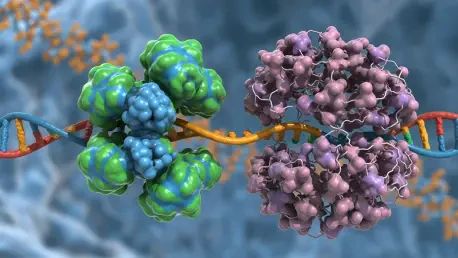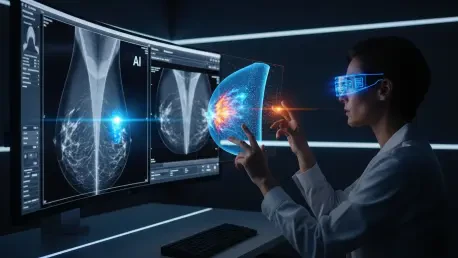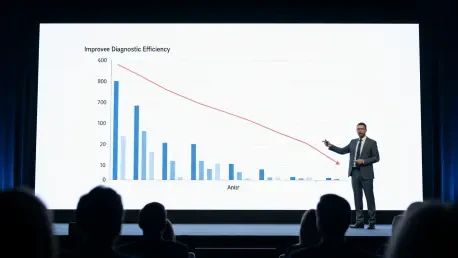
The entire landscape of visual arts and creative design is undergoing a profound and rapid transformation, driven by artificial intelligence that is fundamentally reshaping how professionals conceptualize and produce imagery. Complex visual projects that once demanded many hours of meticulous

The global technology landscape is currently captivated by the immense power of generative AI, with models like ChatGPT redefining human-computer interaction and companies like Nvidia providing the foundational hardware for this revolution. While this initial wave has focused on AI as an

Deep within our cells, a biological clock is ticking, meticulously tracked by the protective caps at the ends of our chromosomes known as telomeres, which safeguard our genetic blueprint from deteriorating each time a cell divides. This gradual shortening of telomeres is a fundamental hallmark of

The modern radiology department is facing unprecedented pressure, grappling with ever-increasing patient volumes, a global shortage of specialized staff, and the persistent demand for faster, more accurate diagnoses. Against this challenging backdrop, the latest innovations showcased at the

In an era where the demand for medical imaging continues to surge against a backdrop of limited specialist availability, the field of radiology faces unprecedented pressure to deliver timely and accurate diagnoses. Boston-based startup a2z Radiology AI has emerged as a significant new player

As the initial wave of wonder surrounding generative AI begins to recede, a more profound and consequential transformation is quietly gathering momentum, poised to crest in 2026. The conversation among industry leaders, technologists, and strategists is shifting from the novelty of AI-powered